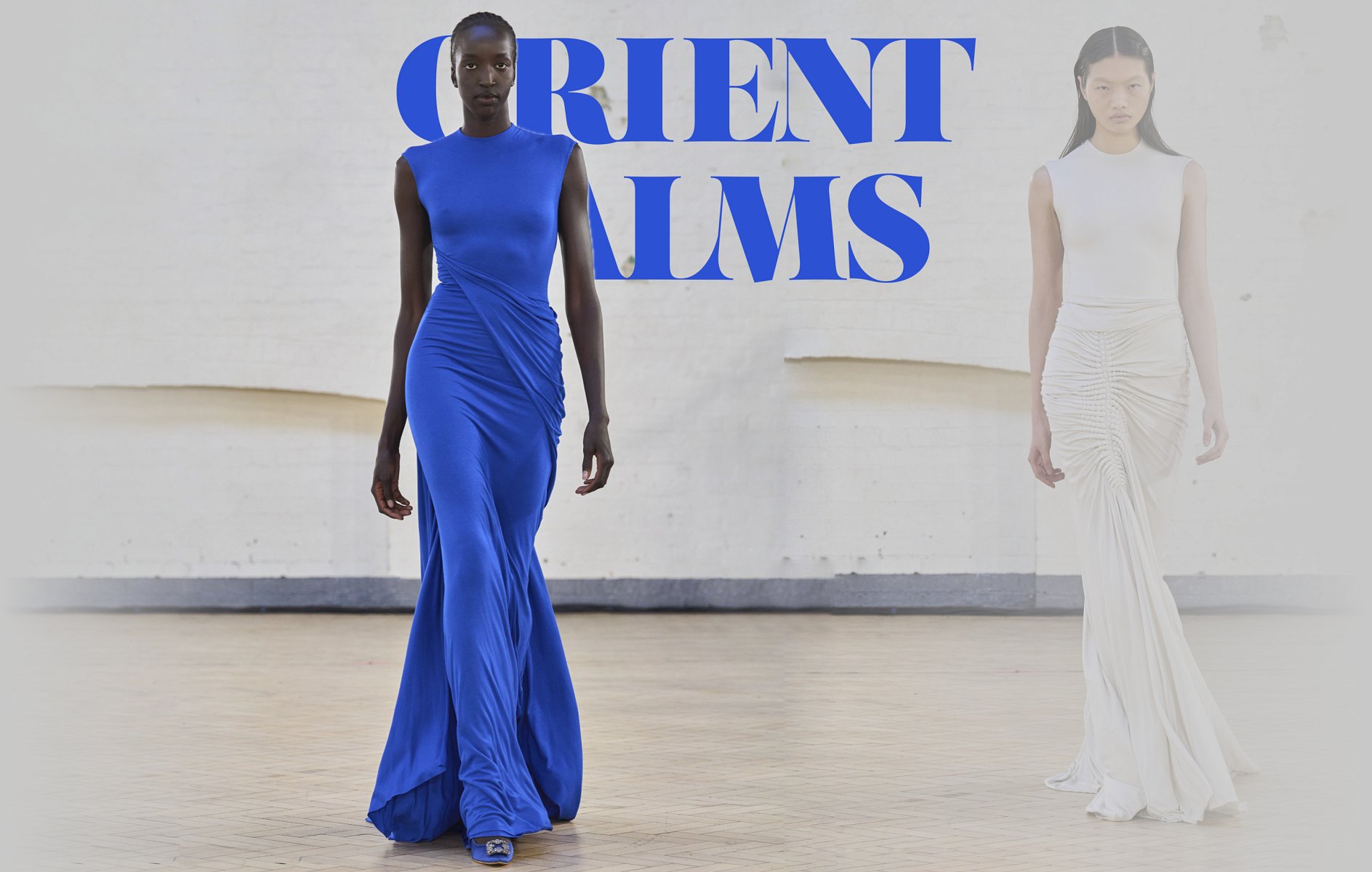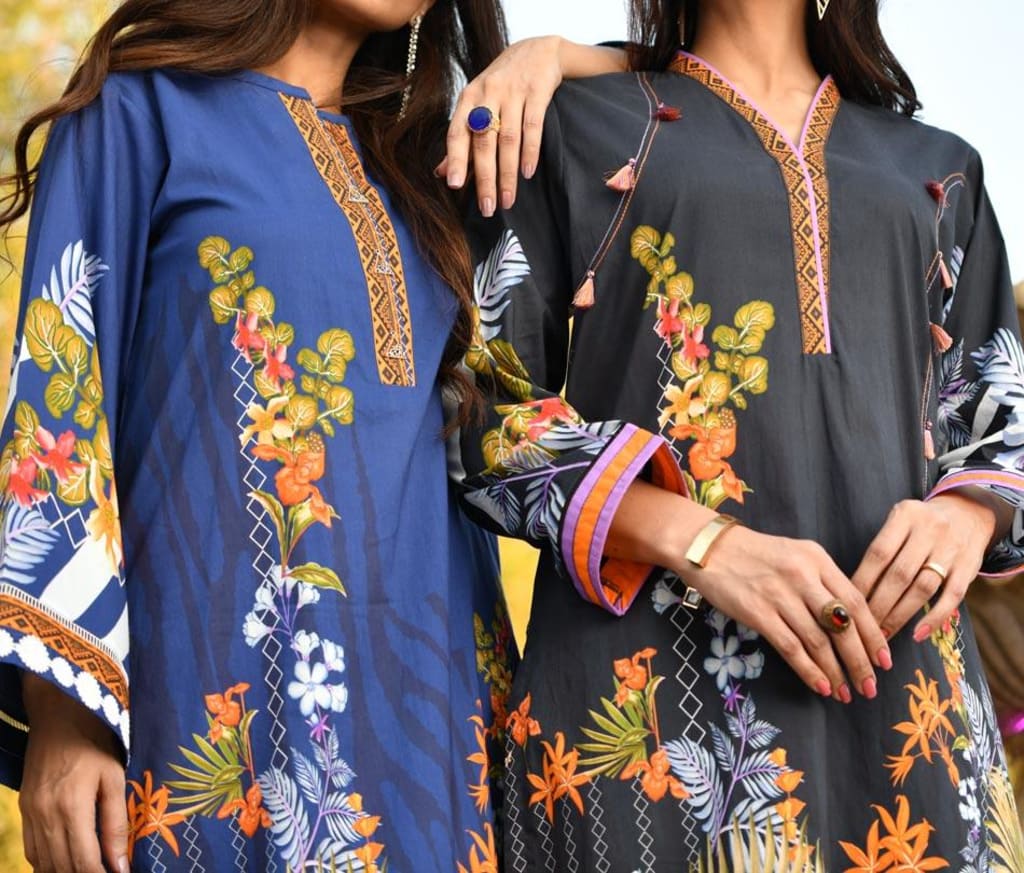Most Current Trends in Eastern Wear Pakistan : A Comprehensive Guide for 2024
Most Current Trends in Eastern Wear Pakistan : A Comprehensive Guide for 2024
Blog Article
Unlock the Tricks of Timeless Eastern Wear
Exploring the enigmatic realm of ageless Eastern wear digs into a realm where history, artistry, and culture converge to develop garments that go beyond simple fabric and string. The elaborate tapestry of tradition interwoven with modern elements offers a glance right into a globe where every stitch narrates, every concept a sign of relevance. Unveiling the keys behind these productions reveals a tapestry of heritage waiting to be unwinded, welcoming one to trip with the angelic charm and aura of Eastern fashion.
History of Eastern Fashion
The background of Eastern style go back centuries, reflecting the abundant social heritage and customs of diverse areas throughout Asia. Each region flaunts its one-of-a-kind designs, materials, and styles that have been influenced by factors like climate, religious beliefs, social condition, and trade paths. eastern wear pakistan. For instance, the detailed silk garments of China symbolize sophistication and refinement, while the lively saris of India showcase a kaleidoscope of patterns and shades.
In Japan, the kimono has been a symbol of custom and improvement for generations, with various designs worn for numerous occasions. The history of Eastern fashion is a tapestry of development and custom, mixing old techniques with modern impacts to create a dynamic and ever-evolving market.
Relevance of Typical Clothing
Standard clothing works as a social symbol, personifying the values, beliefs, and heritage of communities in Eastern societies. eastern wear pakistan. These garments are not merely items of material yet are symbolic depictions of the abundant history and traditions gave through generations. In Eastern cultures, conventional outfit plays a considerable role in ceremonies, festivals, and daily life, reflecting the social standing, regional affiliations, and even marriage condition of individuals
The value of traditional clothing surpasses visual appeals; it is a way for individuals to link with their roots and share satisfaction in their cultural identity. Each garment, from the elaborate sarees of India to the moving hanboks of Korea, lugs with it a narrative of craftsmanship, symbolism, and symbolism that is deeply ingrained in the textile of society.
In addition, typical clothes acts as an aesthetic language, interacting tales of accomplishment, unity, and durability. By wearing these garments, people not just recognize their heritage but likewise add to the preservation and party of their cultural heritage.
Evolution of Eastern Embroideries
Eastern embroideries have an abundant history that extends centuries and have continuously progressed to include diverse social impacts and react to changing imaginative fads. The evolution of Eastern embroideries can be traced back to ancient people where elaborate designs were hand-stitched onto textiles making use of standard techniques.

Today, Eastern embroideries continue to evolve, blending conventional craftsmanship with modern design sensibilities to create classic items that commemorate the appeal of multiculturalism and creative development.
Extravagant Fabrics in Eastern Use
Lavish fabrics play an essential function in elevating the aesthetic allure and top quality of Eastern wear, improving the overall allure and sophistication of conventional garments. Eastern wear is renowned for its extravagant fabrics that not only reflect the region's abundant social heritage yet also represent beauty and poise.
Along with silk, fabrics like chiffon, velvet, and brocade are also generally included in Eastern wear. Velvet brings a regal and deluxe feel to conventional sets, while brocade, with its elaborate patterns and metal threads, adds a touch of magnificence. Chiffon, on the various other hand, is favored for its lightweight and ventilated high qualities, making it a preferred choice for streaming shapes and fragile embellishments. These luxurious fabrics not just boost the visual charm of Eastern wear yet also guarantee a feeling of refinement and class that goes beyond time.
Incorporating Eastern Fashion Today
In contemporary fashion landscapes, the combination of Eastern affects offers an unified blend of social heritage and modern-day looks. Developers and style fanatics alike are welcoming the abundant tapestry of Eastern style, integrating standard components right into modern silhouettes click and styles. From intricate embroidery to dynamic colors and glamorous materials, Eastern style today uses a varied series of options that deal with a worldwide audience.
One method Eastern style is making its mark in modern wardrobes is through the adjustment of typical garments such as the robe, saree, or qipao into everyday wear. These items, when reserved for unique events, are now reimagined in more informal types, enabling for their consolidation into day-to-day style choices. Additionally, making use of typical patterns and themes in Western-style garments adds a touch of unique beauty to modern-day clothing.

Final Thought
Finally, checking out the abundant background, value, and evolution of Eastern fashion unveils a deep-rooted connection to heritage and worths. The elegant fabrics and complex needleworks of Eastern use showcase the versatility and timelessness of conventional layouts. Including Eastern affects in contemporary fashion enables for a combination of practice and development, developing a harmonious equilibrium in between the past and the present.
Elegant fabrics play a critical duty in raising the visual appeal and high quality of Eastern wear, improving the overall appeal and sophistication of standard garments. Developers and fashion fanatics alike are embracing the abundant tapestry of Eastern style, incorporating standard elements into modern-day silhouettes and styles. From detailed embroidery to lively shades and extravagant fabrics, Eastern style today offers a learn the facts here now varied variety of options that provide to a global target market.
One way Eastern fashion is making its mark in modern closets is through the adaptation of typical garments such as the kimono, saree, or qipao right into everyday wear. The lavish fabrics and complex needleworks of Eastern use display the flexibility and eternity of traditional designs.
Report this page